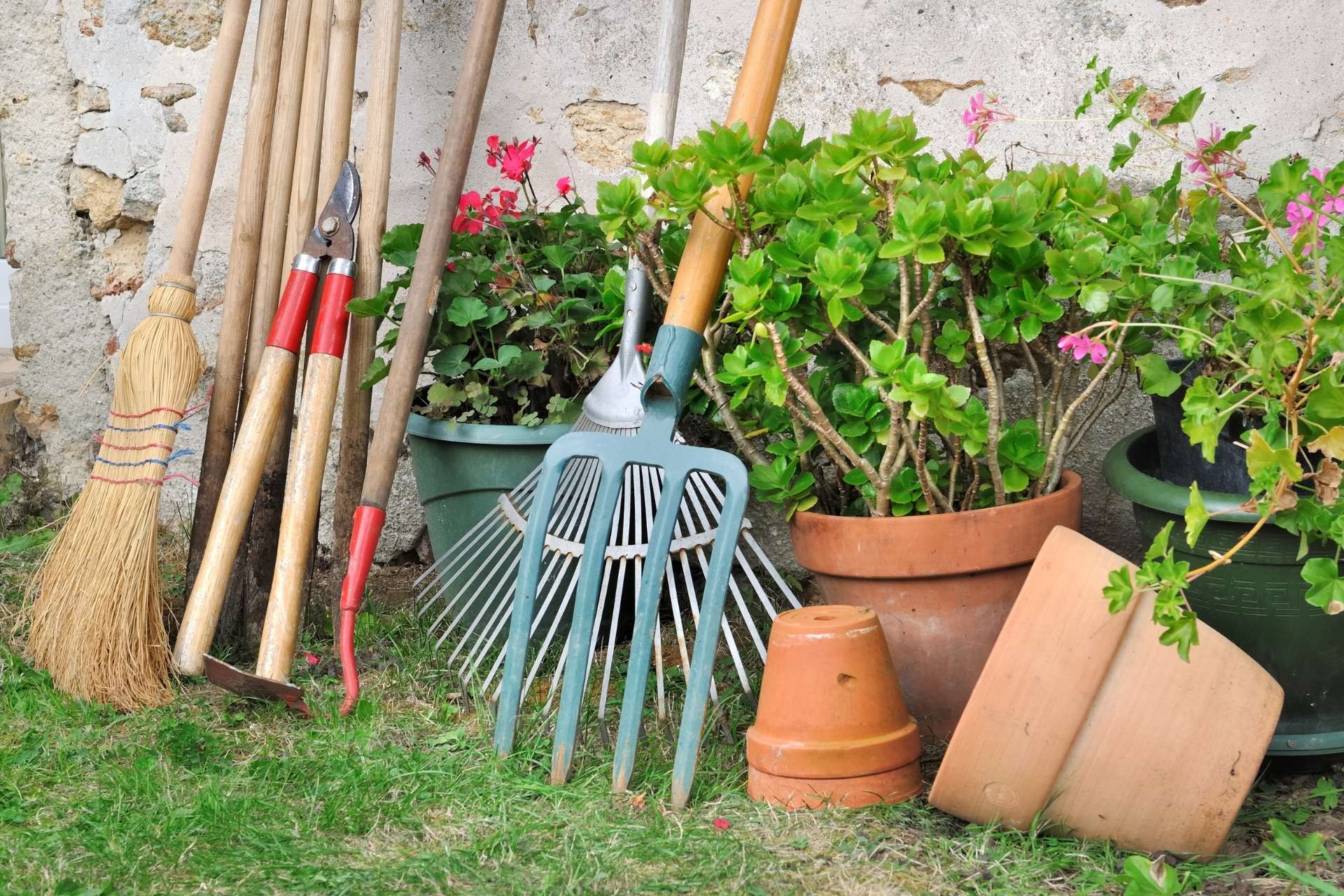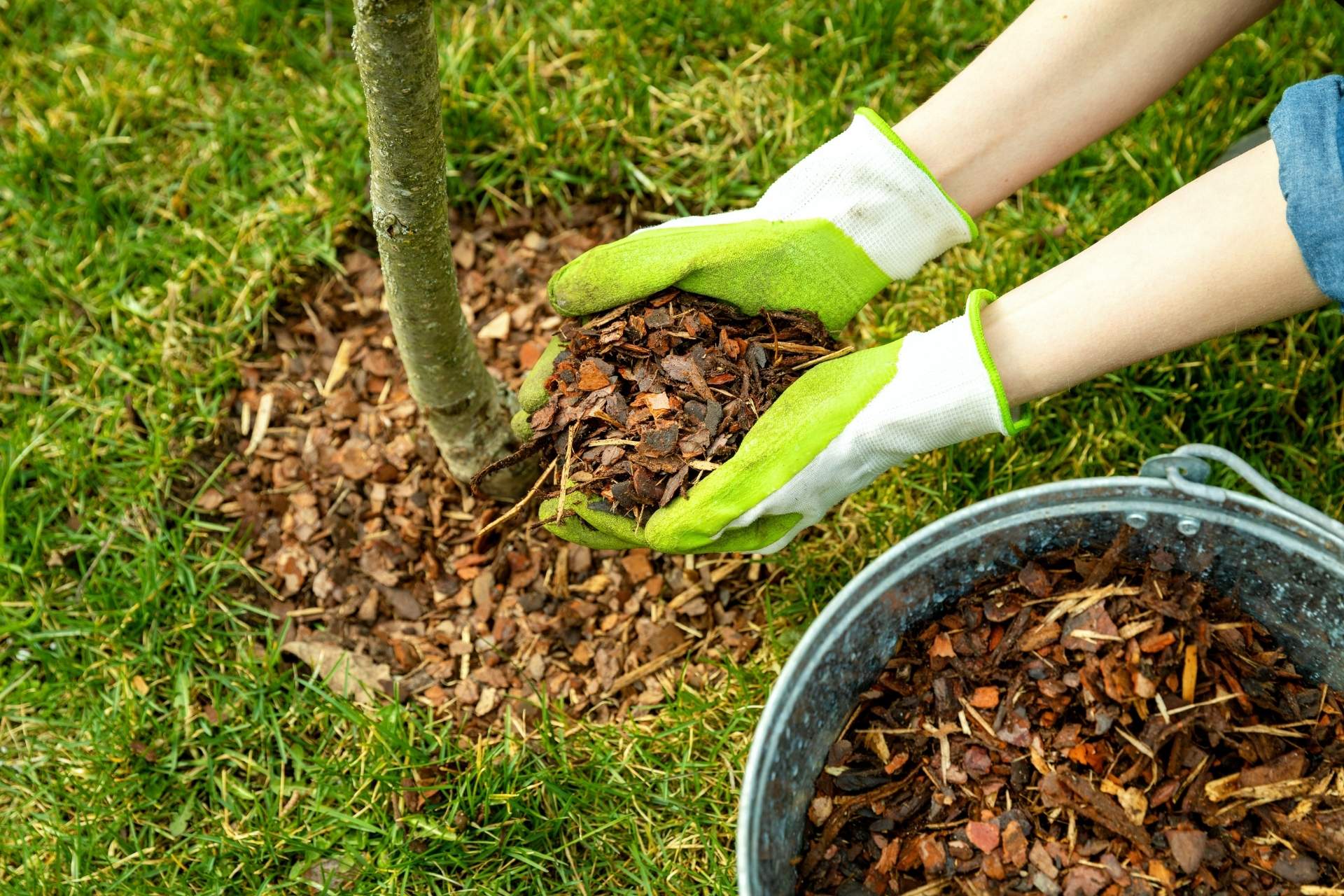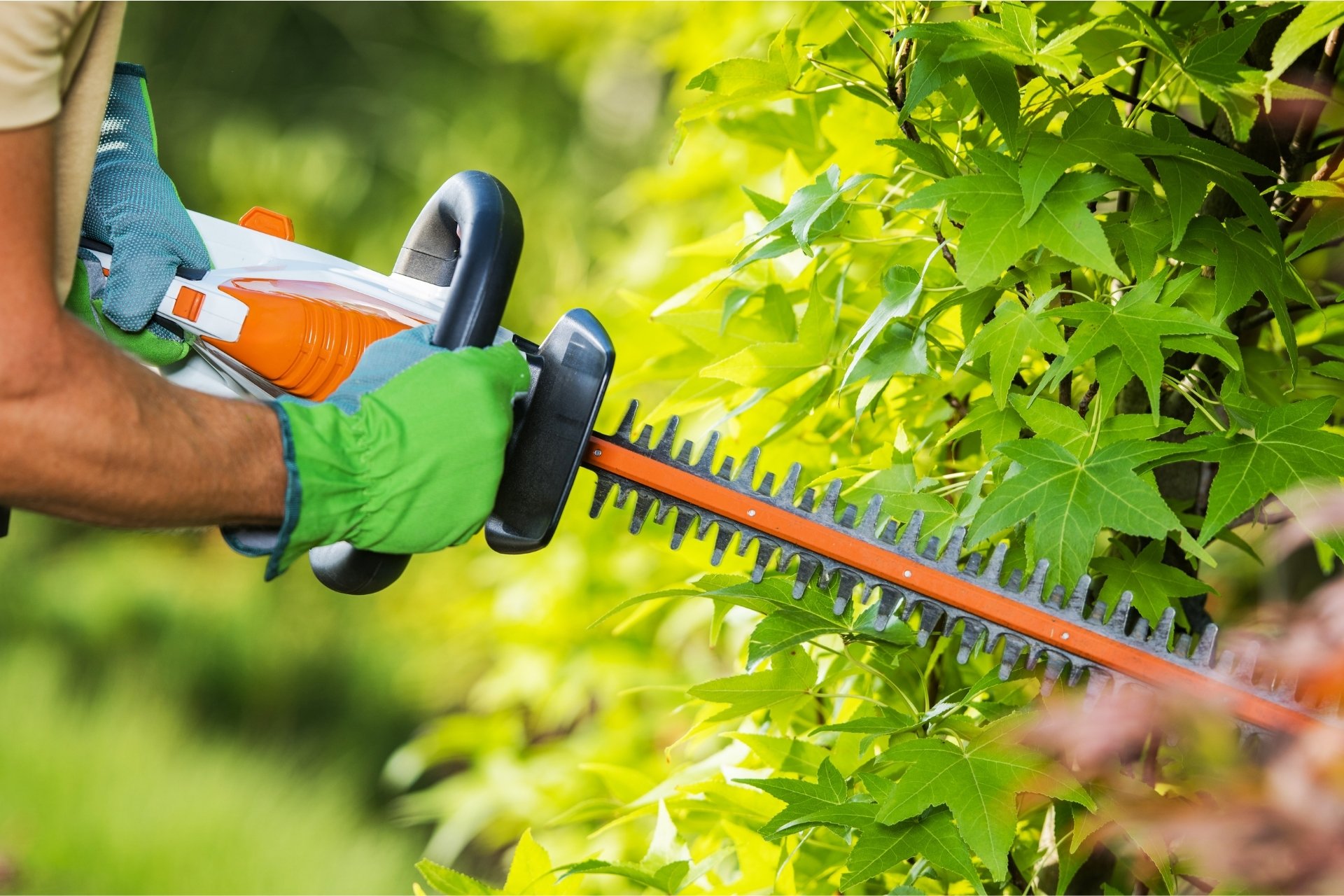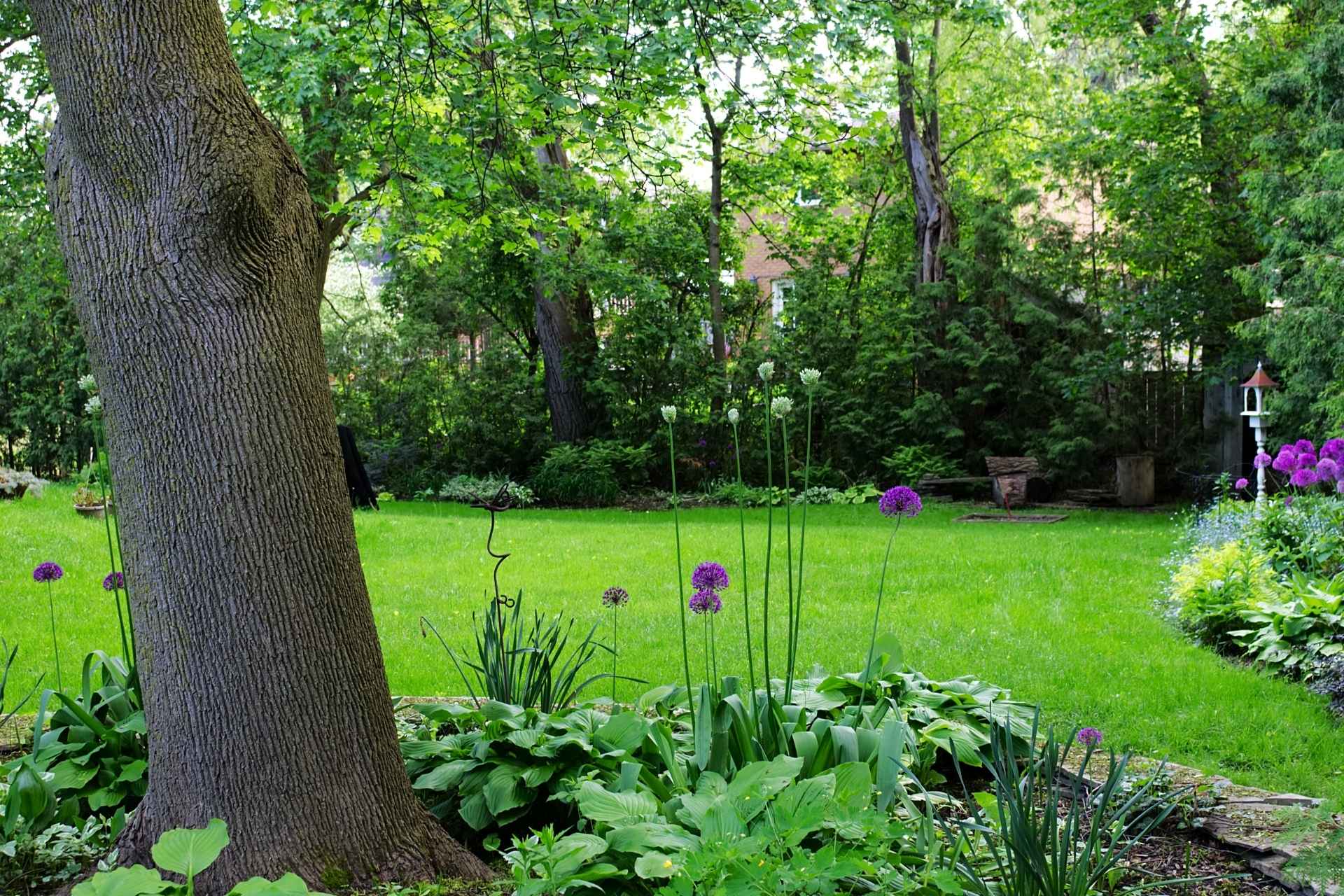Monthly Garden Maintenance Checklist for Illawarra Homes

Gardening in the Illawarra is a pleasure—but to keep lawns lush, garden beds tidy, and plants thriving, consistent seasonal care is essential. In this guide, we share a monthly garden maintenance checklist designed specifically for the Illawarra climate and its unique microclimates. Whether you’re in coastal Wollongong, nestled near the escarpment, or on the low-lying plains, this guide will help you keep your garden looking its best all year long.
We’ll cover essential tasks for each month, highlight local climate considerations, and provide expert advice for pruning, fertilising, mulching, watering, and pest control.
Understanding the Illawarra Climate
The Illawarra region enjoys a warm temperate coastal climate, with mild winters and warm summers. Annual rainfall averages between 1,000 and 1,200 mm on the coastal plains and can reach 1,800 mm near the escarpment. Frosts are uncommon but can occur in some inland areas like Albion Park. Coastal winds are strong in summer, while westerly gusts dominate in winter and spring.
Because of this variability, timing and adaptation are key. Microclimates across the Illawarra mean gardeners need to tailor tasks to their specific conditions. Let’s break down what to do each month to keep your garden thriving.
Month-by-Month Garden Maintenance Checklist
January (Mid-Summer)
In January, the summer heat peaks across the Illawarra. Increase watering frequency—ideally early mornings or evenings—and monitor soil moisture. Mulch new plantings to help conserve water and keep roots cool. Deadhead spent flowers and trim back overgrown plants. Check regularly for pests like aphids and whitefly. When mowing, set your blades slightly higher to protect your lawn from scorching.
February
As summer continues, apply a light maintenance fertiliser to support healthy growth. Continue topping up mulch and pruning dead wood from shrubs. Keep an eye out for wilting leaves—high temperatures and drying winds can deplete soil moisture quickly. Plan and prepare your garden beds for autumn planting.
March (Early Autumn)
March marks the start of ideal planting weather in the Illawarra. Aerate your lawn and overseed any sparse areas. Transition to a balanced fertiliser and clear fallen leaves and debris to prevent fungal issues. Prune summer-flowering shrubs after blooming and start planting autumn vegetables and flowers.
April
Apply a slow-release fertiliser and add a fresh layer of mulch around 50–75 mm deep. Trim hedges, tidy borders, and check for signs of root rot after heavy rain. In coastal zones, rinse plants occasionally to reduce salt buildup from sea breezes.
May
Cooler days and longer nights slow growth. Reduce watering frequency, plant winter annuals and bulbs, and prune deciduous trees before dormancy. This is also a good time to service garden tools and tidy garden structures before winter arrives.
June (Early Winter)
Avoid applying heavy nitrogen fertilisers. Instead, focus on protecting tender plants from wind exposure. Continue mulching to maintain soil warmth and check gutters and drainage to prevent leaf blockages. In cooler inland pockets, use frost cloths to protect sensitive plants.
July
Winter is pruning time for deciduous fruit trees and shrubs. Prune during dormancy to remove dead or crossing branches and improve airflow. Watch for fungal growth in damp areas, and avoid compacting wet soil by walking over garden beds. Coastal gardens will experience milder conditions—ideal for light maintenance tasks.
August
Spring is on the horizon. Apply an early spring fertiliser and begin planting early warm-season vegetables and flowers. Cut back perennials to promote fresh growth. Inspect for pests such as scale and caterpillars as temperatures rise, and provide staking or windbreaks for new plantings.
September (Early Spring)
September is prime planting season in the Illawarra. Prune back old growth on perennials, refresh mulch layers, and establish new shrubs, natives, and flowering plants. Check irrigation systems for leaks or blockages as the weather warms. This is also a great month to start feeding your lawn with a nitrogen-rich fertiliser.
October
Continue fertilising with a balanced mix to support vigorous spring growth. Prune spring-flowering shrubs immediately after they finish blooming. Keep up regular weeding, and top up mulch where necessary. Be mindful of dry, gusty westerly winds—deep watering and thicker mulch will help protect roots from drying out.
November
The garden is at its most active. Apply a summer fertiliser to encourage lush growth before the heat sets in. Watch for pests like beetles and mites, and check soil compaction—particularly after winter rains. Deadhead spent blooms to prolong flowering, and prepare your garden for the hotter months ahead.
December (Early Summer)
Summer heat arrives in full force. Shade young or tender plants and water deeply but infrequently to encourage strong root systems. Replenish mulch and monitor for pests like caterpillars and spider mites. Mow your lawn regularly but avoid cutting too low, and hold off on fertilising during extreme heatwaves to prevent stress.
Seasonal Tasks in Detail
Pruning
Pruning keeps your plants healthy and encourages vigorous regrowth.
- Spring and summer flowering shrubs (like hibiscus and ixora) should be pruned straight after flowering—avoid cutting into old wood.
- Deciduous trees and fruit trees are best pruned in winter when dormant. Remove water shoots and crossing branches.
- Hedges and formal shrubs benefit from trimming in late winter and early summer.
- Native plants should be pruned lightly after flowering; avoid hard cuts unless you’re certain the species tolerates it.
Fertilising
Timing and product choice make a huge difference in the Illawarra’s variable conditions.
- Apply a slow-release balanced fertiliser (around NPK 8:3:6) in spring and autumn.
- Use low-nitrogen formulas in summer to avoid weak, pest-prone growth.
- Lawns benefit from higher nitrogen in spring and maintenance feeds in summer.
- For natives, use a low-phosphorus blend specifically designed for Australian species.
- Always water well after fertilising.
Mulching
Mulch is your best defence against Illawarra’s heat and rain cycles — learn more in our article on Mulching for Moisture Retention and Weed Control.
- Use organic mulch like sugar cane, pine bark, or shredded wood.
- Maintain 50–75 mm depth and keep mulch a few centimetres away from stems.
- Refresh mulch twice a year—ideally in autumn and spring.
- Mulching prevents weeds, retains moisture, and regulates soil temperature.
Watering and Irrigation
- Water deeply but infrequently to encourage deep root growth.
- Water early morning or late evening to reduce evaporation.
- Reduce irrigation during high rainfall months (January–April).
- For sloped or escarpment gardens, use drip irrigation or contour planting to reduce runoff.
- In coastal areas, check irrigation fittings for salt buildup and corrosion.
Pest, Disease and Weed Control
Regular pest monitoring is key. Look for aphids, caterpillars, snails, and fungal spots on leaves.
- Use integrated pest management (manual removal, biological controls, and minimal pesticide use).
- Treat fungal issues promptly, especially after long wet spells.
- Hand-weed early and maintain mulch coverage to suppress new growth naturally.
Lawn Care
Healthy lawns need consistent care year-round.
- Mow with sharp blades and avoid cutting too short—especially in summer.
- Aerate and overseed in autumn and spring.
- Dethatch if the thatch layer exceeds 15 mm.
- Feed lawns in spring with nitrogen-rich fertiliser and lightly again in summer.
- Watch for pests like lawn grubs and fungal patches, particularly after humid nights.
Adjusting for Illawarra Microclimates
- Coastal areas (Wollongong, Shellharbour): Expect salt spray and strong sea breezes. Choose hardy coastal species and shelter tender plants.
- Escarpment foothills (Wombarra, Otford): Cooler evenings and shorter daylight hours. Avoid frost-sensitive plants and improve drainage.
- Inland plains (Albion Park, Dapto): Slight frost risk and hotter summers—water more often and mulch heavily.
- Sheltered valleys: Humidity may cause fungal growth—ensure good airflow and avoid overwatering.
Conclusion
Maintaining a thriving garden in the Illawarra doesn’t have to be complicated. Use this monthly garden maintenance checklist to plan ahead, care for your lawn and plants efficiently, and enjoy a lush, healthy landscape year-round.
If you’d like professional support with lawn care, pruning, fertilising, or full garden maintenance, contact us to request a free quote today. Our team offers tailored services designed for Illawarra’s unique climate and conditions—so you can spend more time enjoying your garden and less time worrying about it.



